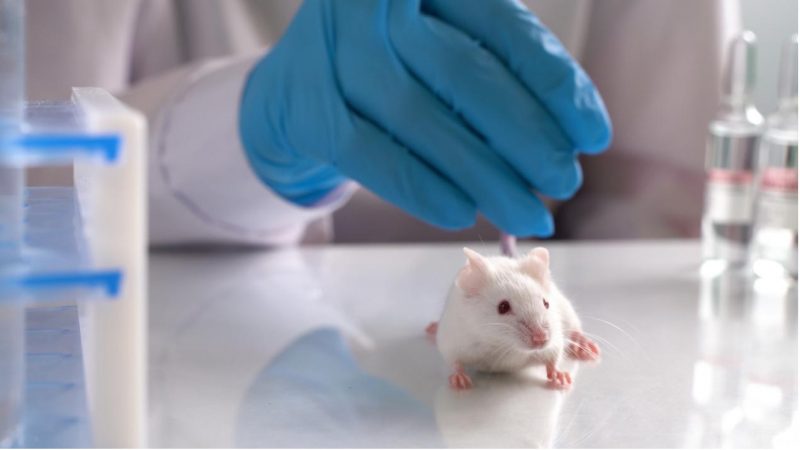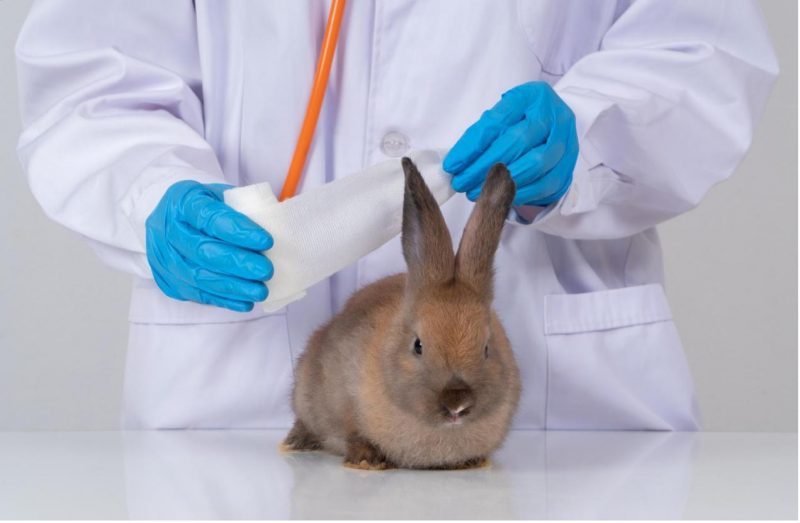Animal Testing: Environmental Impacts and Human Harms
Environmental Concerns with Animal Testing
Animal testing raises not only ethical concerns but also environmental issues. Lab tests on animals contribute to pollution, as chemicals and animal remains often contaminate water and soil if not disposed of properly. Keeping and breeding lab animals also requires a lot of resources, leading to deforestation, land damage, and higher carbon emissions. The use of invasive species in testing can even disrupt local ecosystems if these species are accidentally released, endangering local wildlife.
In this animal testing essay, it’s noted that animal testing also affects the environment by using resources for lab construction and animal care, which contributes to habitat loss and pollution. Waste from testing can harm ecosystems if not carefully managed. Taking care of lab animals requires large amounts of water and energy.
Understanding Animal Testing Concerns
Animal testing, a practice with roots as far back as ancient Greece, brings up ethical concerns as it involves using animals for research. Some worry about the pain and stress animals may go through and argue that there are alternative ways to conduct research without harming animals. There are also concerns about animal populations and environmental impacts, as well as whether results from animal tests apply to humans. Those against animal testing often recommend methods like computer models, lab-grown cells, or studies with human volunteers as kinder and sometimes more reliable options. Others, however, believe animal testing is necessary for certain types of medical research, such as developing new medicines or vaccines.
Environmental Impact of Animal Testing
Animal testing affects the environment by producing hazardous chemical waste. This waste, along with animal remains, can pollute soil and water. Transporting lab animals also uses energy and releases greenhouse gases. Creating testing facilities can result in deforestation, which harms natural habitats and reduces biodiversity.
Alternatives to Animal Testing
Thanks to new technology, there are promising alternatives to animal testing. These options include lab tests using human cells, computer simulations, and volunteer studies. Lab tests allow scientists to see how drugs and chemicals might impact human cells without needing animals. Computer models can predict how substances affect the body, identifying possible risks and benefits. Volunteer studies allow people to test products directly to see if they are safe and effective.
These alternatives are not only kinder but also quicker, cheaper, and often more reliable than traditional animal tests. This makes them a smart choice for many industries looking to avoid animal testing.
Ethical Issues with Animal Testing
Animal testing is controversial because it involves using sentient animals for experiments. Many animals experience pain, stress, and even death from these tests, raising questions about the morality of using animals for human gain. People also question if animal testing is really necessary or helpful for human health, as animals’ bodies differ significantly from ours. Results from animal tests might not always apply to humans, which can lead to ineffective or harmful treatments.
There are also concerns about the poor living conditions for lab animals, as their well-being often isn’t a priority. Using animals in testing challenges the belief that animals have their own rights, forcing us to weigh scientific progress against ethical concerns.
Future Prospects Without Animal Testing
New technology, like organ-on-a-chip, artificial intelligence, and lab-grown cells, is paving the way for testing without animals. These methods provide faster, more accurate, and cheaper results. Governments and regulators are starting to recognize the limits of animal testing and are supporting these new methods. Public awareness of animal welfare is also driving the demand for change.
Companies are finding that avoiding animal testing not only improves their image but is also more efficient in other ways.
 Conclusion
Conclusion
Animal testing has serious environmental impacts, creating large amounts of waste, harming biodiversity, and polluting ecosystems with chemicals. Lab facilities generate hazardous waste, including chemicals and animal remains, which, if not properly managed, can contaminate water and soil. The housing, feeding, and breeding of lab animals also require significant resources, including water and energy, contributing to deforestation and land degradation as more space is dedicated to these facilities. Animal transportation for testing purposes increases greenhouse gas emissions, further impacting climate change.
By adopting alternative methods that are more sustainable and ethical, we can reduce the environmental harm caused by animal testing. Technologies such as “organ-on-a-chip,” lab-grown human cells, and computer simulations offer promising alternatives that replicate human responses to chemicals and medications without using animals. These methods are not only less harmful to the environment but are often quicker, cheaper, and provide more accurate results. Embracing these alternatives can help reduce animal suffering while supporting environmental conservation efforts.





